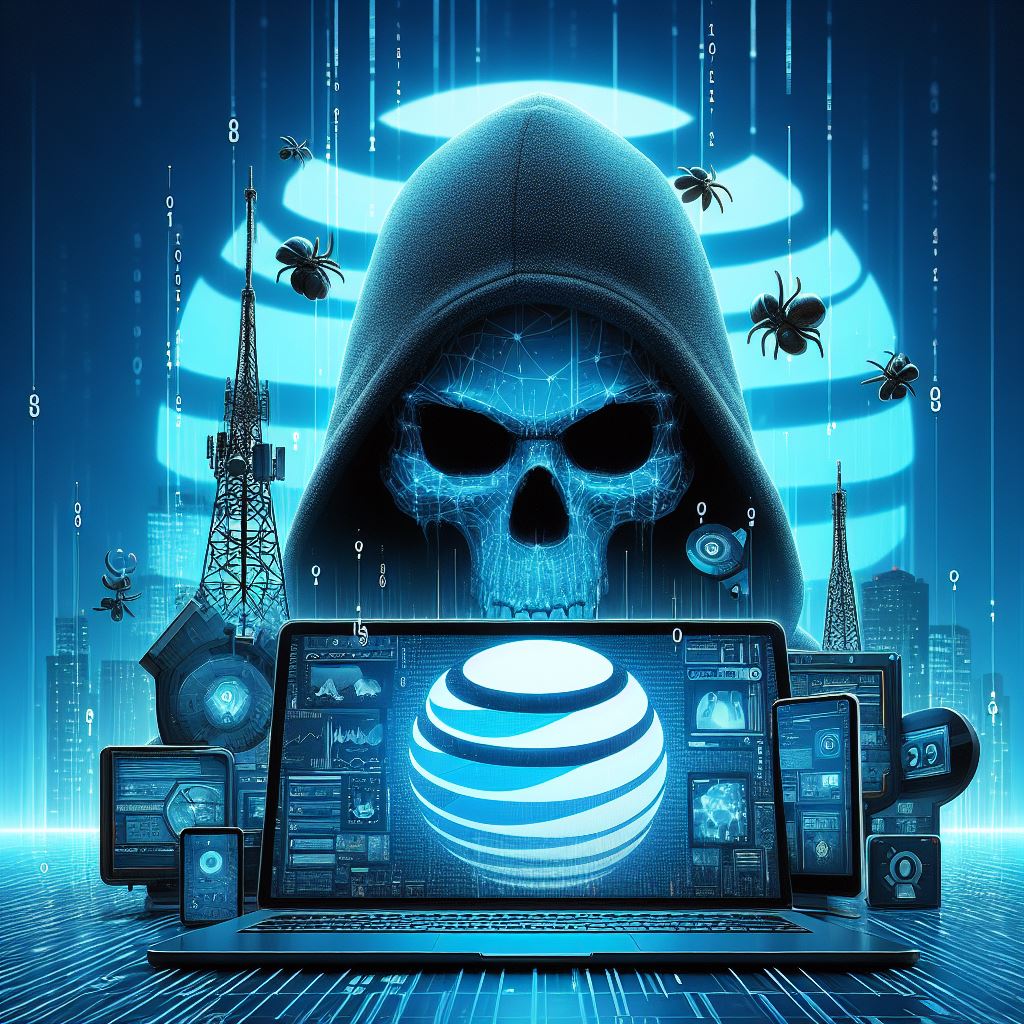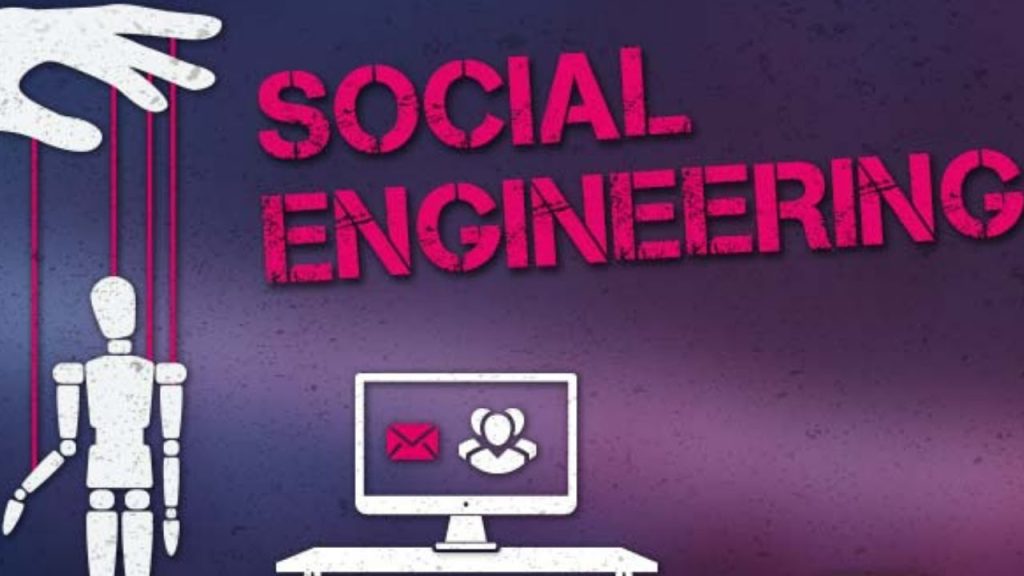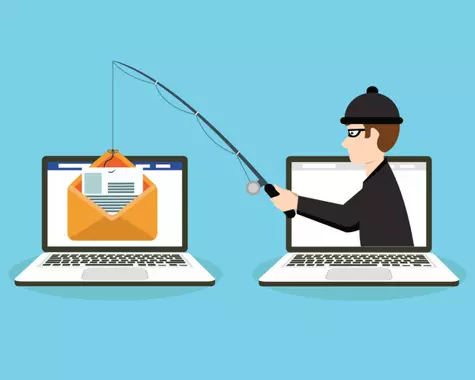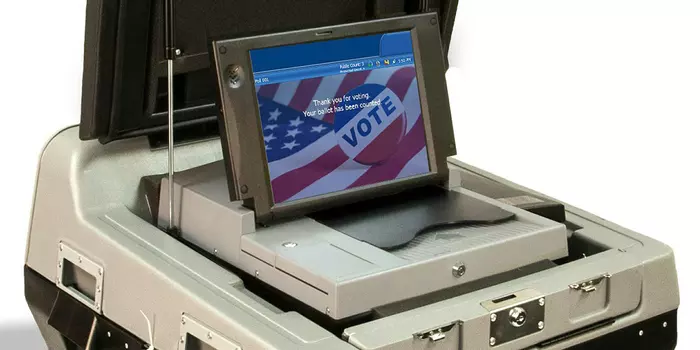Supply Chain Security: Safeguarding Critical Infrastructure from Cyber Threats
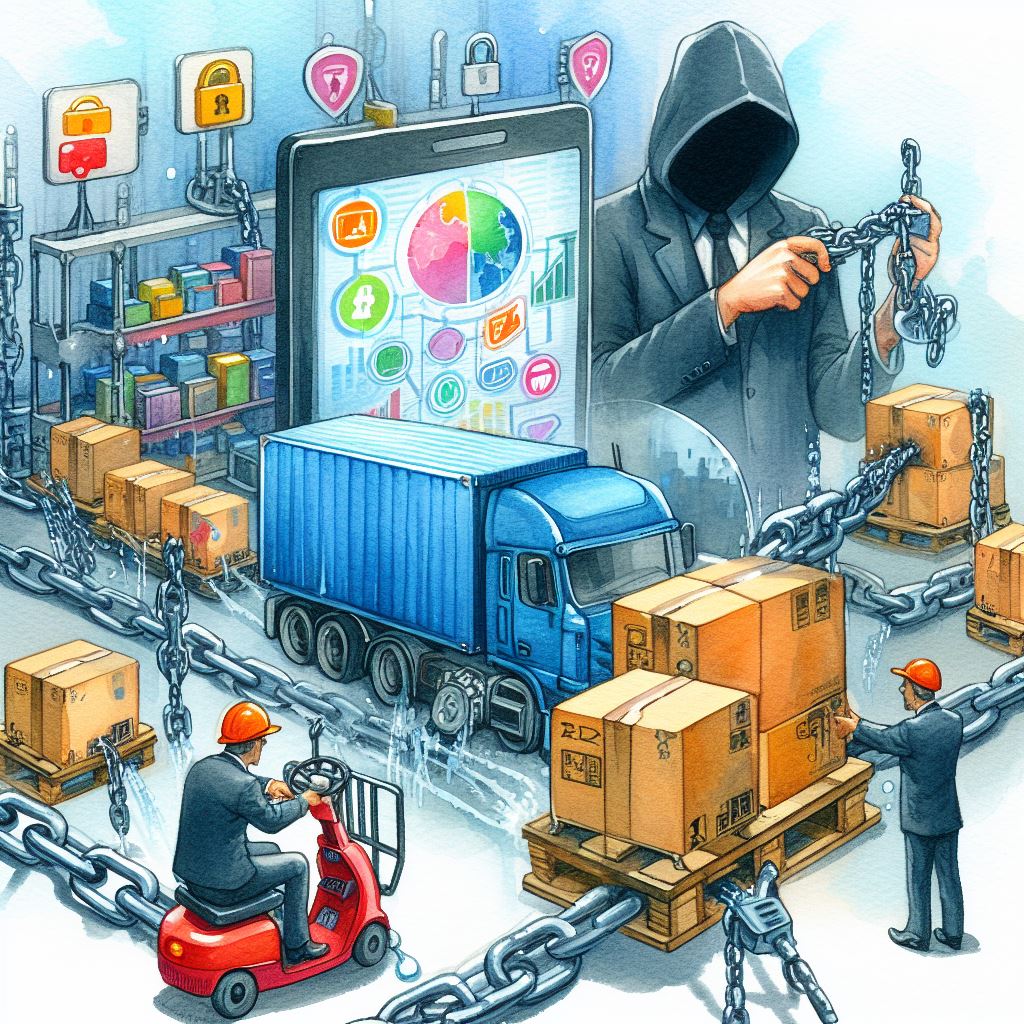
Imagine you invented a hypoallergenic egg. For one, you’d be a zillionaire. For another, you’d be the hero for everyone who loves lemon merengue pie but is allergic to eggs. Now imagine a psychopath who wanted to hurt your customers. All they need to do is insert regular eggs into one of your delivery trucks. Mayhem and disaster would be the result.
In today’s interconnected world, supply chains form the backbone of the global barnyard. Supply chains enable the seamless flow of goods and services around the world. But the increased reliance on digital technologies and third-party suppliers means supply chains have become prime targets for cyber-attacks. This poses significant risks to critical infrastructure and services (like electrical distribution grids). As organizations struggle with the challenges of supply chain security, the importance of building resilience to cyber threats has never been more apparent.
Supply chain vulnerabilities, particularly those stemming from third-party software and hardware suppliers, present many cybersecurity risks. These risks vary greatly. Malicious actors inject malware into supplier networks to compromise the integrity of software or hardware components. And don’t forget about the everyday users who inadvertently expose sensitive data to unauthorized users. The interconnected nature of supply chains amplifies the impact of these vulnerabilities. A break in one link of the supply chain can cascade through the entire chain. This disrupts operations and causes widespread damage.
One of the key challenges in supply chain security is the lack of visibility and control over third-party suppliers. Many organizations rely on a complex network of suppliers, each with their own cybersecurity practices and vulnerabilities. This diversity makes it difficult to enforce consistent security standards across the supply chain, leaving organizations vulnerable to exploitation by cyber adversaries. Outsourcing critical functions to third-party providers further complicates the security landscape. Sometimes it’s necessary to allow external partners access to sensitive data and systems.
To address these challenges, companies need to recognize and accept the need to strengthen the supply chain. They must take steps to fortify cybersecurity strategy. This will involve adopting a proactive default-deny zero-trust approach to access, rather than merely reacting to incidents after they occur. Key elements of a zero-trust supply chain include:
- Access control: Creating a policy of default-deny for applications, users, networks, and devices.
- Risk Assessment and Management: Conducting thorough risk assessments to identify vulnerabilities and dependencies within the supply chain, and implementing zero-trust-based risk management measures to mitigate potential threats.
- Vendor Management: Establishing robust vendor management processes to vet suppliers, monitor their security posture, and enforce compliance with cybersecurity zero-trust standards and best practices.
- Supply Chain Monitoring and Intelligence: Implementing continuous monitoring and threat intelligence capabilities to detect and respond to cyber threats in real-time, both within the organization and across the supply chain.
- Contingency Planning and Response: Developing contingency plans and response strategies to minimize the impact of supply chain disruptions, including alternative sourcing options and incident response protocols.
- Collaboration and Information Sharing: Engaging in collaborative efforts with industry partners, government agencies, and cybersecurity organizations to share threat intelligence and best practices for supply chain security.
By investing in these proactive measures, organizations can strengthen their supply chain resilience and reduce the risks posed by cyber threats. In a time of escalating cyber-attacks and supply chain vulnerabilities, safeguarding critical infrastructure and services requires a coordinated effort to fortify the weakest links in the supply chain.
Supply chain security is paramount in safeguarding critical infrastructure and services from cyber threats. As organizations navigate the complexities of global supply chains, building resilience to supply chain vulnerabilities becomes imperative. By adopting a proactive approach to supply chain security and implementing robust risk management practices, organizations can mitigate the risks posed by third-party suppliers and ensure the continuity of operations in an increasingly interconnected world.

